I've recently gotten into eletrochemistry, and I found out that if you break through \$\epsilon_{0}\$ with a high enough voltage you can ionize various gasses. I've already wound a 1:1250 EE core that I plan to operate at 350 kHz on a 25 V supply which should give me 31.25 kV in the arctube, but there's this problem where I think I need to rectify the output and uh, I have yet to see a 50 kV diode.
Is there a way to do it that I'm just not remembering? I thought there was a way to do that back in the vacuum tube days.
